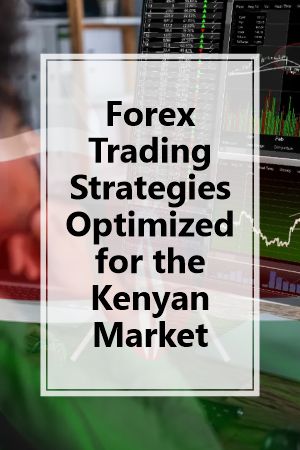Kenyan traders do best when using proven forex trading strategies. These are techniques or processes for determining whether to buy or sell a currency pair.
Traders might use either technical analysis or fundamental, news-based events as the basis for their trading techniques. The Kenyan trader can also rely on signals to determine whether or not to buy or sell a particular currency pair.
In this article, we explore the best forex trading strategies optimized for the Kenyan market.
1. Scalping
Trading numerous currency pairs in a single day to make small, frequent profits is known as “scalping” when forex trading in Kenya.
“Scalpers” try to execute multiple trades daily in the foreign exchange market to profit from the numerous little price movements that occur throughout the trading day.
Scalping involves taking advantage of extremely small price changes (often 5-20 pips each trade), however, larger lots might increase earnings.
Most Forex scalpers employ leverage to magnify their initial investments and benefit from even the smallest price fluctuations. Forex scalping can be done with either a manual or automated approach.
2. Day trading
Day trading describes buying and selling currency pairs in a very short time frame when forex trading in Kenya, typically within a single day.
Kenyans are known for seeking marginal gains from every transaction and allowing those gains to build over time. For day traders, uncertainty is a boon.
Earnings for day traders are extremely susceptible to even little fluctuations in currency pair values or market conditions. They look for currency pairs that experience substantial intraday price movements in response to positive or negative earnings reports, news, or general market sentiment.
3. Position trading
Position traders are active participants in the foreign currency market who hold onto their holdings for a lengthy period; they are also known as “buy and hold” traders when forex trading in Kenya.
They take part in all markets, including the risky FX market, and base their decisions on macroeconomics and long-term charts. Trades on an extended up or down movement in a certain currency pair, commodity, or stock market index form the backbone of position trading.
These buyers aren’t concerned with market fluctuations or dips. Instead, they aim for a near-total capture of trends, ideally through patterns that persist for a long time (weeks, months, or even years).
4. Price action trading
Those who engage in “price action trading” examine historical price data to create technical trading strategies.
The price action alone or in conjunction with indications can be quite helpful. Although economic trends are often utilised to buttress an argument, fundamentals are rarely exploited.
Many other strategies that can be used to price action exist besides the ones above. Technical examination of price changes over time is at the heart of price action trading.
5. Swing trading
As a trading method, wing trading aims to generate a profit quickly.
Swing trading has longer-term aims than day trading, where the goal is to make a profit by the end of the day. This plan cannot be implemented and left alone for months or even years.
Swing traders look to make transactions they can exit in days to weeks. Again, some traders might err on the shorter end of that period, while others might take a broader view.
























